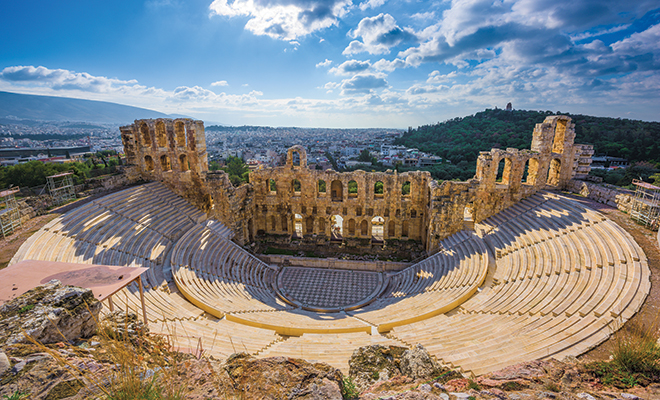
Set Sail Sustainably: Ecotourism
From the clothes we wear to the products we use and even the way we dispose of garbage, many Americans are wholeheartedly thinking green and working toward a more sustainable future, even on vacay!
Did you know that an animal or plant species disappears from our planet every three minutes? Seventy percent of marine life is threatened while more than 80 percent of our world’s coral reefs are at risk. Ninety percent are projected to die off by the year 2050. These frightening statistics are proof that our industries and travels are impacting our environment in significant, damaging ways.
Enter eco-friendly, sustainable tourism: a trend turned movement.
Tourists are becoming more aware of their carbon footprint and gravitating to environmentally sustainable hotspots across the country. As natural resources grow increasingly strained throughout the planet, travelers are choosing to make memories and leave a lasting impact long after they return home and unpack their suitcases.
According to the World Travel and Tourism Council, international travel has increased by more than 50 percent since 2000. Ecotourism emphasizes local culture and growing where you’re planted as opposed to mass tourism. Sustainable Travel International reported that over the last three years, 60 percent of U.S. travelers have trekked sustainably and made it their responsibility not to cause harm to their destination.
In addition to benefiting the environment, sustainable tourism has impacted local communities and larger economies by inspiring job creation. Many of these eco-friendly locations are categorized as World Heritage Sites.
World Heritage Sites
The United Nations Educational, Scientific and Cultural Organization, or UNESCO, exists to encourage the protection and preservation of World Heritage sites. These are classified as landmarks and locations that represent a masterpiece of human creative genius, illustrate a significance in history and act as significant natural habitats for biological diversity.
These destinations are as diverse as the Pyramids of Egypt, the Baroque cathedrals of Latin America and Australia’s Great Barrier Reef.
The Eco-Friendly U.S. Bucket List
The United States is home to many sustainable World Heritage sites, some that might even surprise you. One spot is the backdrop to hundreds of New York-based romantic comedies and home to conservatory gardens, statues and even a zoo. Cue Jeopardy theme song; it’s Central Park!
UNESCO defines Central Park as a therapeutic contrast to the bustle of New York’s city streets, an escape from urban stresses. A public-private partnership provides necessary restoration and maintains the landscape to ensure its authenticity, despite the estimated 37.5 million visitors a year.
Less traffic, more cactus; Big Bend National Park sits along the border of Texas and Mexico. The park encompasses parts of the Rio Grande river and the Chisos Mountains. Forests of cypress, maple, fir and pines line the woodland ecosystem that preserves itself, playing home to mountain lions, black bears and mule deer, oh my!
Visitors can practice eco-tourism at the Chisos Mountains Lodge or in any of the surrounding campgrounds. Hike the Window View Trail to experience breathtaking mountain views, kayak into the Rio Grande and backpack through staggering canyons. The National Park Service conserves the natural scenery and safeguards the wildlife, aiming to leave the grounds unhindered for future generations to experience and explore.
International Destination Vacations
If your heart is set on soaking up international adventure, consider the great spas of Europe. The selected group of spa towns dedicates itself to healing disease and pain with natural mineral waters. Dating back to the Middle Ages, these towns developed spa houses, colonnades, hotels and churches. Each spa town’s structures have been preserved to maintain their unique appearance and historic spa services.
The ancient Greek theatres, Yukon Ice Patches of Canada, temples of Japan, and historic cities of Ireland are just a few of the various sustainable locations that you can experience in true original conditions.
Traveling Responsibly
One of the easiest ways to act as a responsible traveler is to be considerate. Dispose of your waste properly; avoid overpacking or littering and contributing to the excessive plastic problem.
Make a bigger impact by shortening shower usage, reducing energy consumption and inquiring about local sustainability practices. Respect cultural differences and support local economies. Enjoy local cuisine, purchase handmade souvenirs and educate yourself about the location you are visiting. If you don’t plan on backpacking through Europe or hiking your way through national parks any time soon, you can still support sustainable tourism and World Heritage sites by donating through UNESCO.
While tourism may never be completely sustainable, every step that tourists take toward becoming more aware of their impact is one step closer to sustaining our natural resources and leaving this world a little better than we found it. ■
Sources: whc.unesco.org, cnbc.com and sustainabletourism.net.







